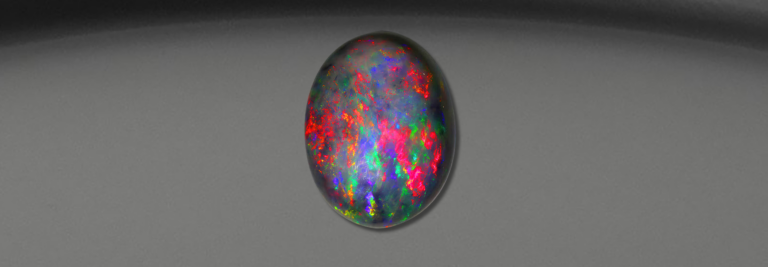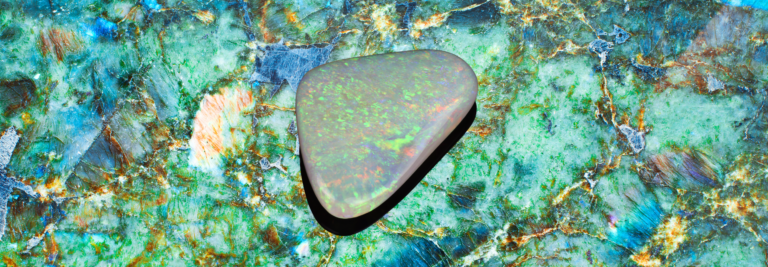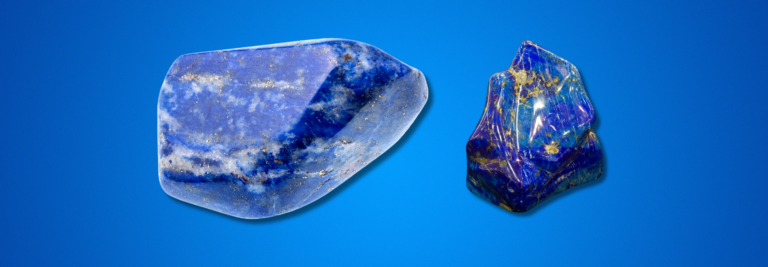A collection of minerals known as feldspar makes up about 60% of the Earth’s crust. They are a fundamental part of sedimentary, metamorphic, and igneous rocks and are critical to the genesis of numerous geological processes. In the feldspar family of minerals, four oxygen atoms surround a core silicon or aluminum atom in a framework structure known as a tetrahedron. These minerals have comparable chemical and physical characteristics.
Plagioclase and potassium feldspar are the two primary varieties of feldspar. A group of minerals known as plagioclase feldspar varies in mineral composition from calcium- to sodium-rich. They can be discovered in various metamorphic rocks as well as igneous rocks like basalt and granite. Orthoclase, microcline, and sanidine are among the minerals that make up the potassium feldspar group of minerals. These minerals are frequently discovered in pegmatites, granites, and some volcanic rocks.
The most prevalent variety of potassium feldspar is orthoclase, which is present in a variety of igneous and metamorphic rocks. It frequently has a pink, white, or gray tint and a Mohs hardness of 6. Another variety of potassium feldspar that is prevalent in igneous and metamorphic rocks is microcline. Its usual colors are white, gray, or pink, and its hardness on the Mohs scale is 6-6.5. Volcanic rocks contain the unusual potassium feldspar kind known as sanidine. On the Mohs scale, it has a hardness of 6-6.5 and is often colorless or white.
Albite, oligoclase, andesine, labradorite, bytownite, and anorthite are all members of the plagioclase feldspar series. The calcium-rich end member of the series is anorthite, while the sodium-rich end member is albite. Labradorite, bytownite, oligoclase, and andesine are intermediate members of the series. On the Mohs scale, the plagioclase feldspars have a hardness of 6-6.5 and are often white or gray in color.
An essential industrial material, feldspar is used in many products like ceramics, glass, and abrasives. In addition to being used to make aluminum, potassium fertilizers, and other chemical products, potassium feldspar is frequently utilized to create glass and ceramics. In addition to being used to make cement and concrete, plagioclase feldspar is also utilized to make glass and ceramics.
Feldspars serve a variety of industrial purposes in addition to being significant in geology. They are frequently employed in the study of igneous and metamorphic rocks as well as in the radiometric dating of rocks. Feldspars play a significant role in the study of mineral deposits, and their distribution and abundance can provide key info about a region’s geological past.
In conclusion, the group of minerals known as feldspar makes up a sizeable amount of the Earth’s crust. Plagioclase and potassium feldspar, two significant commercial minerals utilized in numerous applications, are both members of the feldspar family. Feldspars are utilized in geology to investigate rocks and mineral deposits as well as to radiometrically date rocks, making them a major component of the field. All things considered, feldspars are an interesting and significant class of minerals with a wide range of uses and applications.







